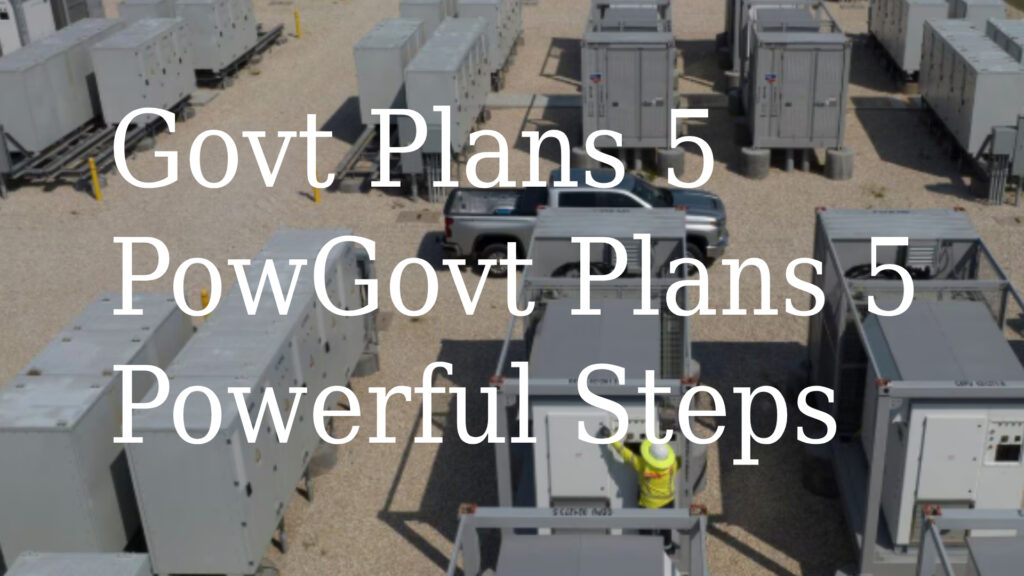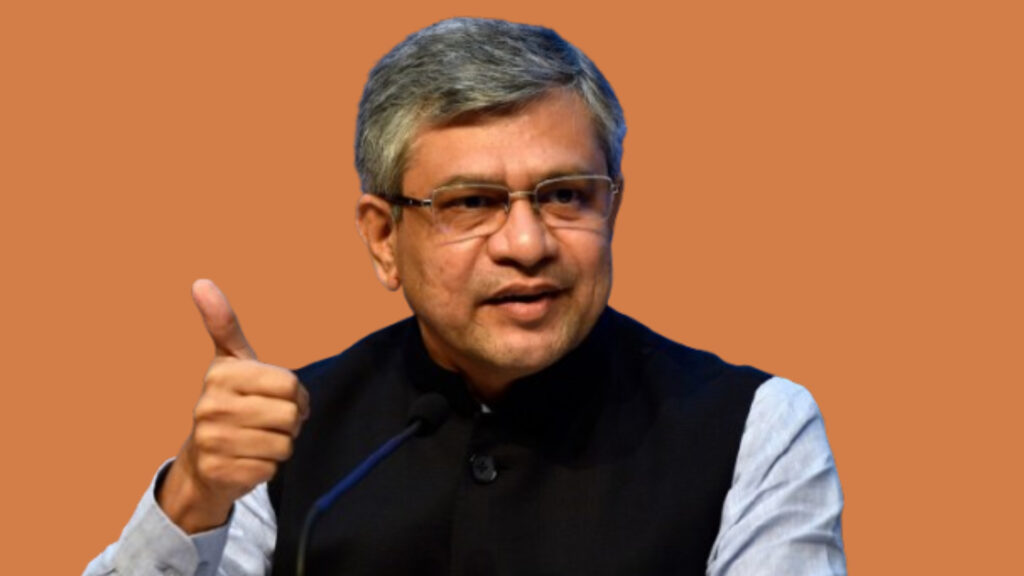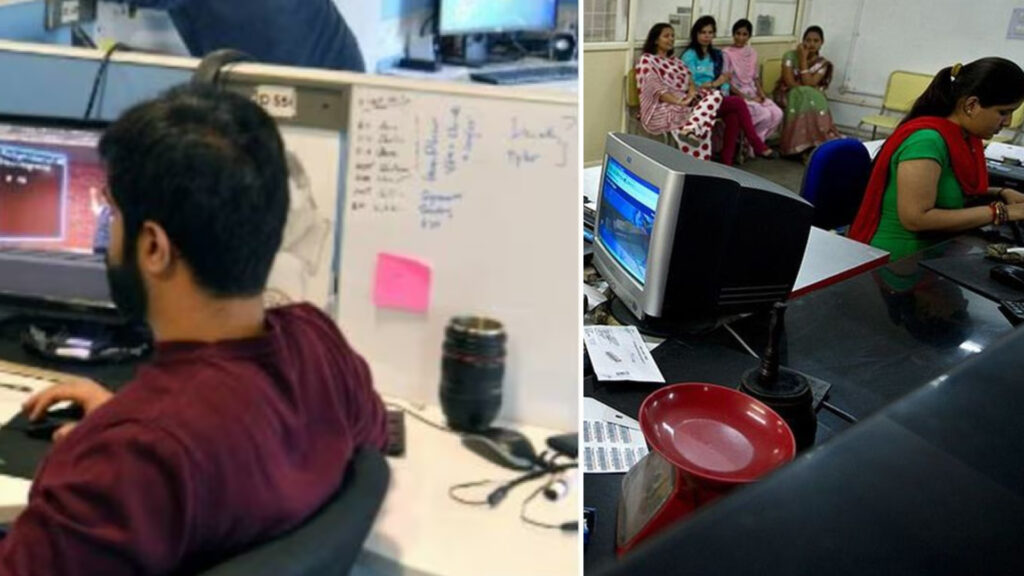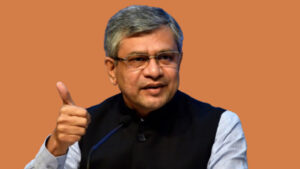Govt Plans 5 Powerful Steps for Unified Battery Storage Policy
News Govt plans coordinated approach for battery storage policy frameworks is a significant development signaling India’s commitment to a robust energy transition. According to Rituraj Baruah and Manas Pimpalkhare, multiple government ministries are moving toward synchronization after witnessing slow progress in battery adoption and local manufacturing. This article unpacks this news, exploring the nuances, challenges, and future implications of a unified battery storage policy framework in India.
Why Coordination is Critical in India’s Battery Storage Landscape
Battery storage is no longer a niche aspect of energy infrastructure; it has evolved as the cornerstone of India’s renewable energy ambitions and its shift toward electric mobility.
Currently, three ministries govern different facets of battery storage:
- Ministry of Power: Focused on charging infrastructure and energy storage frameworks Govt Plans .
- Ministry of New and Renewable Energy (MNRE): Managing a 10 GW Production Linked Incentive (PLI) scheme for utility-scale batteries.
- Ministry of Heavy Industries (MHI): Handling the manufacturing push for 40 GW of electric vehicle (EV) batteries.
These ministries have been working in silos, resulting in overlapping schemes and regulatory confusion. For instance, Govt Plans while MHI administers the PLI scheme supporting battery cell manufacturing, the power ministry offers Viability Gap Funding (VGF) for large-scale storage projects. This fragmented approach has slowed down adoption and scaling.
The Current Challenges Hampering Battery Storage Growth
India’s slow progress in battery adoption and manufacturing arises from multiple intertwined challenges:
- Lack of Coordination: The absence of a single nodal agency or a unified policy framework leads to gaps and overlaps.
- Supply Chain Dependencies: Heavy reliance on Chinese imports for critical battery components and raw materials disrupts domestic manufacturing capabilities.
- Technical Know-How: India currently lacks advanced domestic expertise in battery chemistries, manufacturing processes, and recycling technologies.
- Delays in Implementation: Companies approved under PLI schemes, such as Ola Electric Mobility and Reliance Industries, have faced penalties due to project delays.
- Separate Incentives: Different incentive schemes without synergy confuse industry players, stalling cohesive growth.
Five Powerful Steps the Government is Taking for a Unified Battery Storage Policy
Recognizing these challenges, the Indian government plans a coordinated approach for battery storage policy frameworks to align multiple ministries towards a cohesive growth trajectory. This emerging mechanism focuses on five key action points:
1. Establishing a Single Window Clearance and Nodal Agency
- A unified nodal agency will streamline applications, approvals, and compliance.
- Single window clearance will eliminate bureaucratic delays and confusion among investors and manufacturers.
- This approach will foster greater clarity on policies, regulations, and incentives.
2. Harmonizing Incentive Schemes and Regulatory Frameworks
Integration of existing schemes such as the PLI for advanced chemical cells (MHI) and the VGF scheme for utility-scale batteries (Power Ministry) will minimize redundancies.
- Unified guidelines for EV battery manufacturing and energy storage deployments will standardize expectations.
- Tax structures, import duties, and subsidies will be aligned to support both demand aggregation and supply expansion.
3. Incorporation of Related Ministries in the Framework
Experts emphasize that ministries beyond MNRE, Power, and MHI must participate:
- Ministry of Environment: On battery recycling policies for environmental sustainability.
- Ministry of Mines: Critical mineral sourcing to boost indigenous manufacturing capacities.
- Other stakeholders: State utilities, power transmission departments, and industry bodies.
This broader inclusion ensures comprehensive policy development spanning the battery lifecycle, from raw materials to disposal.
4. Integration of Energy Storage in Renewable Energy Planning
Energy storage systems must be designed as core components integrated with national transmission, distribution, and generation planning.
- The Central Electricity Authority (CEA) Govt Plans recently mandated two-hour co-located battery storage (equal to 10% of solar capacity) for all upcoming solar tenders.
- This collaboration encourages large-scale utility integration, stabilizing India’s variable renewable energy sources.
5. Stimulating Demand and Supporting Local Manufacturing
The coordinated approach aims not only to manufacture batteries domestically but also to catalyze demand through clear policies and incentive support.
- Demand aggregation through government tenders and EV incentives provides a steady market.
- Consolidated policies will attract investors and tech innovators to ramp up production capacities sustainably.
Expert Insights: Why This Matters Now
Debi Prasad Dash, Executive Director Govt Plans of the Netzero Energy Transition Association, highlights, “Better coordination between supply-side ministries like Heavy Industries and demand-side entities like MNRE and Power Ministry can achieve demand-supply parity — a critical factor to accelerate the energy transition.”
Similarly, Anand Anupam, Chief Commercial Officer of VFlowTech Pte Ltd, underscores the urgency of a dedicated inter-ministerial framework:
“India must align regulations, standards, and tax structures to foster innovation and local manufacturing. Countries like China and Australia have demonstrated how a coordinated approach can stimulate demand and ensure energy security. India cannot afford to lag behind.”
Unique Challenges in the Indian Context
While international leaders in battery technology have seamless frameworks supporting manufacturing and adoption, India’s energy ecosystem presents unique hurdles:
- Raw Material Scarcity: India lacks abundant lithium, cobalt, and nickel reserves, essential for current battery chemistries.
- Supply Chain Vulnerabilities: Global Govt Plans disruptions post-pandemic and geopolitical tensions impact imports and component availability.
- Diverse Energy Markets: India’s varied state electricity policies complicate uniform battery storage integration.
- Affordability Concerns: Despite falling global battery prices, high upfront costs remain obstacles for end-users and utilities.
The coordinated policy must therefore be adaptable, incentivizing innovation in battery chemistry (such as sodium-ion or solid-state batteries) and alternative energy storage technologies.
Case Study: Delays in Local Cell Manufacturing – The Roadblocks to Scale
The Ministry of Heavy Industries launched an ambitious ₹18,000-crore PLI scheme for Advanced Chemical Cells (ACC) in 2021. The target was clear: fast-track indigenous battery cell production.
However, key PLI beneficiaries such as Rajesh Exports, Reliance Industries, and Ola Electric Mobility encountered significant delays. The ministry responded with penalty notices for missed deadlines, reflecting challenges like:
- Difficulty in setting up large-scale, technologically advanced manufacturing lines.
- Obstacle in acquiring raw materials and skilled workforce.
- Regulatory and land acquisition issues slowing project implementation.
This experience highlights the importance of Govt Plans synchronized policy measures that reduce fragmentation, facilitate faster decision-making, and support companies through technical and financial hurdles.
You might also like : Global Automakers
The Path Ahead: Opportunities for Growth and Innovation
Global battery prices are witnessing a steady decline thanks to technological advancements and economies of scale. India can harness this trend to:
- Push for mass adoption of grid-scale batteries, EVs, and decentralized storage solutions.
- Build a resilient, indigenous supply chain reducing dependence on imports.
- Develop recycling ecosystems to recover valuable materials, minimizing environmental footprint.
- Expand R&D efforts focused on novel and cost-effective storage technologies.
Moreover, policy clarity and unified direction signal to investors and startups that India is ready to be a global player in the energy storage revolution.
India Energy Storage Alliance (IESA) Recommendations: A Legislative Perspective
The IESA, a prominent industry body, recently submitted a proposal emphasizing the need for a robust regulatory framework. Their key recommendations include:
- Ensuring safety standards and innovation incentives to spur new storage technologies.
- Integration of storage deployment planning with the national grid operation strategies.
- Policies that help meet India’s renewable energy targets without compromising grid stability.
Debmalya Sen, President of IESA, frames it aptly: “As India stands on the brink of a transformative shift, we need to accelerate energy storage deployment—securing an affordable, clean energy future for all citizens.”
A Coordinated Battery Storage Policy is a Game Changer
The news govt plans coordinated approach for battery storage policy frameworks is Govt Plans more than just an administrative development. It is the fulcrum upon which India’s ambitious clean energy transition will pivot.
This unified strategy promises to harmonize Govt Plans policy instruments, unblock manufacturing bottlenecks, and stimulate demand. This will result in:
- Streamlined project execution for battery manufacturing and storage infrastructure.
- Enhanced energy security through sustainable, indigenous solutions.
- Growth of new industries and job creation in a cutting-edge sector.
- Greater grid resilience and support for India’s renewable energy targets (450 GW by 2030).
However, the success of this coordination hinges on timely execution and the genuine involvement of all relevant ministries and stakeholders. As the government explores these frameworks, the world watches India poised to power Govt Plans its future with clean, efficient, and homegrown energy storage systems.
For those tracking India’s energy evolution, this coordinated approach is a vital milestone—one that may well define the pace and sustainability of the country’s green energy revolution in the years ahead.
Check out : Mint













